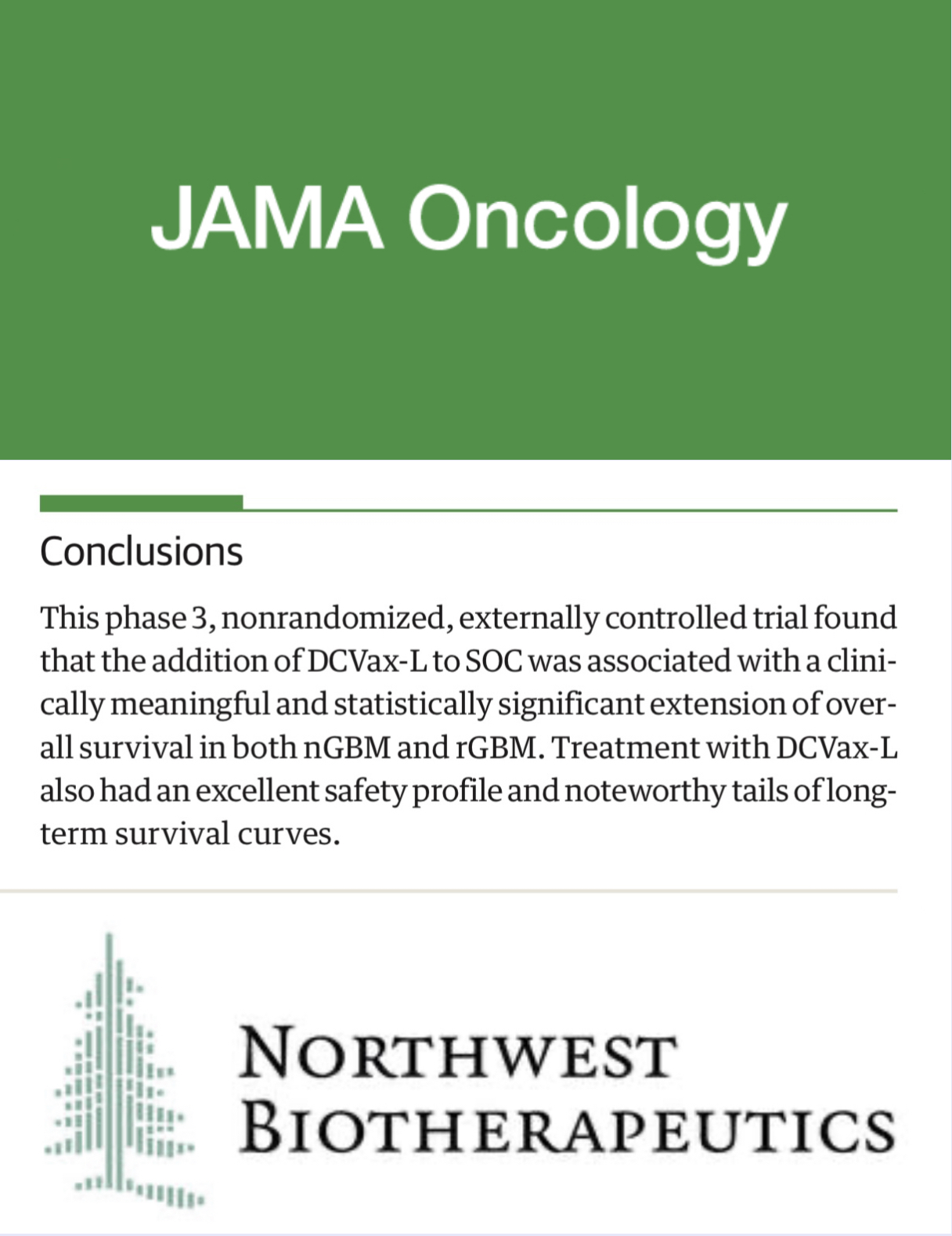Nonoperative Management of Technically Resectable Pancreatic Cancer With Ablative Radiation Therapy
IF 20.1
1区 医学
Q1 ONCOLOGY
引用次数: 0
Abstract
ImportanceSurgical resection of pancreatic ductal adenocarcinoma (PDAC) modestly improves long-term survival due to the competing risk of metastatic disease. However, postoperative morbidity often interferes with administration of systemic therapy and may be unacceptable to some patients. Ablative radiation therapy (A-RT) has emerged as an effective noninvasive local treatment in many tumor types and may provide an alternative to surgery in select patients with resectable PDAC.ObjectiveTo estimate the efficacy of A-RT in technically resectable PDAC.Design, Setting, and ParticipantsThis cohort study of consecutive patients with histologically confirmed, radiographically resectable T1-2N0-1M0 PDAC treated with A-RT at Memorial Sloan Kettering Cancer Center between June 2016 and December 2022 were included from a prospectively maintained database. Patients were not eligible for surgery because of noncancer-related comorbidities. Data were frozen for analysis in December 2023, which took place between March and November 2024.ExposuresAll patients received A-RT exceeding 97.5-Gy biologically effective dose with daily computed tomography or magnetic resonance imaging guidance, motion management, and daily or selective adaptation of the dose distribution.Main Outcomes and MeasuresThe primary outcome was overall survival (OS). Secondary outcomes included biochemical and radiographic objective response rate, cumulative incidence of local progression, progression-free survival, and distant metastasis–free survival.ResultsOf 25 patients with radiographically resectable PDAC who received A-RT, 13 (52%) were male, and the median (IQR) age at time of A-RT was 80 (74-87) years. A total of 20 patients (80%) had a Karnofsky Performance Status score of 80 or lower. A total of 15 tumors (60%) were T2, and 4 (16%) were node positive. A total of 17 patients (68%) received induction chemotherapy for a median (range) of 2.9 (1.0-6.1) months. Radiation therapy regimens delivered with conventional linear accelerators included 75 Gy in 25 fractions among 13 patients, 67.5 Gy in 15 fractions among 9 patients, 50 Gy in 5 fractions among 2 patients (magnetic resonance imaging-guided linear accelerator), and 60 Gy in 10 for 1 patient. OS, local progression, and distant metastasis–free survival at 2 years were 43.7% (95% CI, 27.4%-69.5%), 20.8% (95% CI, 7.3%-39.0%), and 20.0% (95% CI, 9.1%-43.8%), respectively. Grade 3 acute and late gastrointestinal tract toxic effects were noted in 3 and 1 patients, respectively, with no grade 4 or higher events.Conclusions and RelevanceIn this cohort study, A-RT in patients with technically resectable PDAC led to effective local tumor control and favorable OS despite advanced age, poor Karnofsky Performance Status score, and conservative use of chemotherapy in the cohort studied. These data support a prospective study of A-RT for the management of resectable PDAC.技术切除胰腺癌消融放疗的非手术治疗
由于存在转移性疾病的竞争风险,手术切除胰腺导管腺癌(PDAC)可适度提高患者的长期生存率。然而,术后并发症经常干扰全身治疗的实施,对一些患者来说可能是不可接受的。消融放射治疗(A-RT)已成为许多肿瘤类型的有效的非侵入性局部治疗方法,并可能为可切除PDAC患者提供手术的替代选择。目的评价A-RT治疗技术性可切除PDAC的疗效。设计、环境和参与者本队列研究纳入了2016年6月至2022年12月在纪念斯隆凯特琳癌症中心接受a - rt治疗的组织学证实、放射学可切除的T1-2N0-1M0 PDAC的连续患者,这些患者来自前瞻性维护的数据库。由于非癌症相关合并症,患者不符合手术条件。2023年12月,即2024年3月至11月期间,数据被冻结以供分析。所有患者均接受超过97.5 gy生物有效剂量的放射治疗,并每日进行计算机断层扫描或磁共振成像指导,进行运动管理,每日或选择性调整剂量分布。主要结局和测量主要结局是总生存期(OS)。次要结局包括生化和放射学客观缓解率、局部进展累积发生率、无进展生存期和远端无转移生存期。结果25例放射学可切除的PDAC患者接受了A-RT,其中13例(52%)为男性,A-RT时的中位(IQR)年龄为80(74-87)岁。共有20名患者(80%)的Karnofsky Performance Status评分为80或更低。T2 15例(60%),淋巴结阳性4例(16%)。共有17名患者(68%)接受了诱导化疗,中位(范围)为2.9(1.0-6.1)个月。常规线性加速器放射治疗方案包括:13例患者25次75gy, 9例患者15次67.5 Gy, 2例患者5次50gy(磁共振成像引导线性加速器),1例患者10次60gy。2年OS、局部进展和远处无转移生存率分别为43.7% (95% CI, 27.4%-69.5%)、20.8% (95% CI, 7.3%-39.0%)和20.0% (95% CI, 9.1%-43.8%)。3级急性和晚期胃肠道毒性作用分别发生在3例和1例患者中,未发生4级或更高级别事件。结论和相关性在本队列研究中,尽管年龄大、Karnofsky性能状态评分差、化疗保守,但技术上可切除的PDAC患者的A-RT仍能有效控制局部肿瘤并获得良好的OS。这些数据支持a - rt治疗可切除PDAC的前瞻性研究。
本文章由计算机程序翻译,如有差异,请以英文原文为准。
求助全文
约1分钟内获得全文
求助全文
来源期刊

JAMA Oncology
Medicine-Oncology
自引率
1.80%
发文量
423
期刊介绍:
JAMA Oncology is an international peer-reviewed journal that serves as the leading publication for scientists, clinicians, and trainees working in the field of oncology. It is part of the JAMA Network, a collection of peer-reviewed medical and specialty publications.
 求助内容:
求助内容: 应助结果提醒方式:
应助结果提醒方式:


